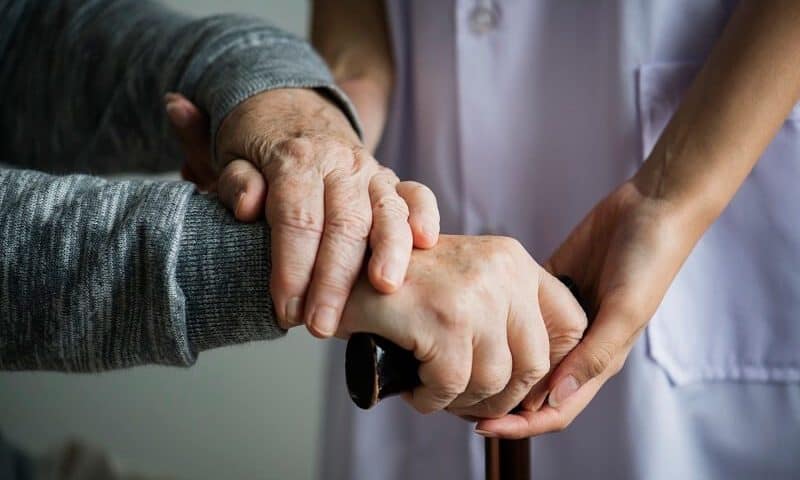After showing its wrist-worn bioelectronic device could help people reduce hand tremors, Cala Health has raised $77 million to help expand its technology to new uses in Parkinson’s disease and other conditions.
The company’s FDA-cleared Cala Trio device stimulates the nerves in the arm to disrupt the neural signals that cause essential tremor, one of the most common movement disorders in adults, which causes involuntary and rhythmic shaking.
Essential tremor by itself is often mistaken for Parkinson’s disease, according to Cala. But while essential tremors often happen with goal-directed movements—such as when a person reaches for an object—tremors related to Parkinson’s occur mostly while at rest.
The latest proceeds will also push Cala’s development beyond neurology and explore indications in psychiatry, cardiology and autoimmune disorders, the company said.
“This investment allows us to build upon our strong foundation in treating essential tremor and develop new therapies to help more patients living with chronic disease,” Cala CEO Renee Ryan said in a statement.

The series D round was led by Ascension Ventures and joined by new investors Dolby Family Ventures, PEAK6 Strategic Capital and Innovatus Capital Partners. The fundraising also included all of the company’s previous backers like Johnson & Johnson Innovation, Lux Capital, Lightstone Ventures, Action Potential Venture Capital, GV and dRx Capital.
Earlier this year, the company presented real-world data from a Veterans Affairs study of people with mild, moderate or severe forms of essential tremor. The results showed that all three groups had similar levels of significant tremor improvement after wearing the noninvasive, personalizable Cala Trio.
In addition, half the treated patients reported a two-fold reduction in the strength of their tremor after using the wearable for 40-minutes over the course of a month. The results were presented at the International Parkinson and Movement Disorder Society’s virtual congress.
At the same meeting the year before, in September 2020, Cala delivered a separate real-world study that also tracked people with essential tremor in their homes over a period of three months. Using motion sensors to remotely measure tremor severity before and after therapy sessions with the watch-like device, Cala Health found that 93% of study participants saw the strength of their tremors cut by at least half.

